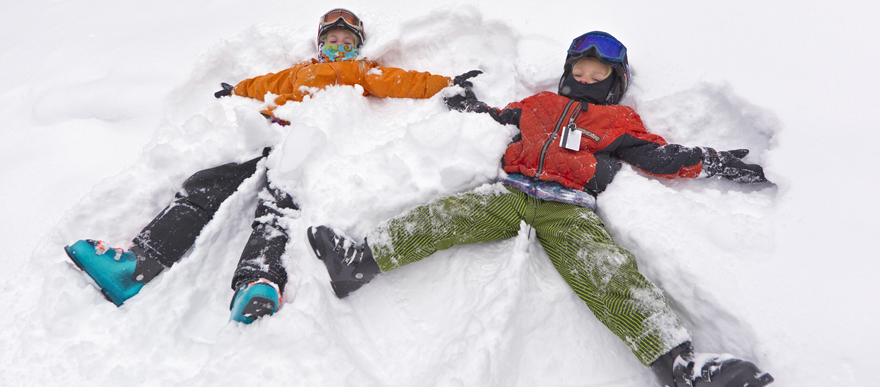Patellar instability in children and adolescents
Patellar instability is a common occurrence in the skeletally immature patient population, and multiple treatment options exist.

| Abstract [1] |
Non-operative treatment is appropriate for patients without osteochondral injuries and includes bracing and physical therapy focusing on strengthening of the gluteals as well as the vastus medialis obliquus muscles. Risk factors for recurrent instability include patella alta, trochlear dysplasia, and age younger than 25 yr.
| Introduction |
Patellar instability is a complex, multifaceted condition that can be the result of soft-tissue injury or laxity, muscle imbalance, or even variations in bony morphology. It can lead to changes in normal knee biomechanics and may ultimately lead to chronic recurrent instability if not properly diagnosed and treated.
Recurrence of patellar subluxation events is common and presents the treating orthopaedic surgeon with the challenge of determining whether patients should have nonoperative or operative treatment.
| Nonoperative Treatment |
Goals of treatment include relief of symptoms, maintenance of knee range of motion, improvement of quadriceps strength, return to full activity, and prevention of future dislocation events.
In a prospective, randomized study performed by Palmu et al,[2] 62 patients who had a patellar dislocation in the absence of intra-articular fragments were randomized to either nonoperative or operative treatment arms. Those patients with a dislocatable patella were given a removable knee extension orthosis (knee-immobilizer brace) for 3wk and then transitioned to a patella-stabilizing orthosis.
Those who did not have a dislocatable patella were given a patellar-stabilizing orthosis for 6 weeks. Quadriceps muscle strengthening and full weight-bearing was started as soon as tolerated by the patient. Redislocation rates for nonoperative and operative cohorts were similar; 71% and 67%, respectively.
Continue reading in Medscape Multispecialty
| References |
Patellar_instability_in_children_and_adolescents.3
Patellar Instability in Children and Adolescents, CPT Richard K. Hurley, MD; MAJ Jeremy K. Rush, MD. Current Orthopaedic Practice, 2015;26(5):458-465.
Acute patellar dislocation in children and adolescents: a randomized clinical trial, Palmu S, Kallio PE, Donell ST, Helenius I, Nietosvaara Y. J Bone Joint Surg Am. 2008 Mar;90(3):463-70. doi: 10.2106/JBJS.G.00072.
Also see
Recognition and initial management of lateral patellar dislocations Up To Date, Wolters Kluher Health
